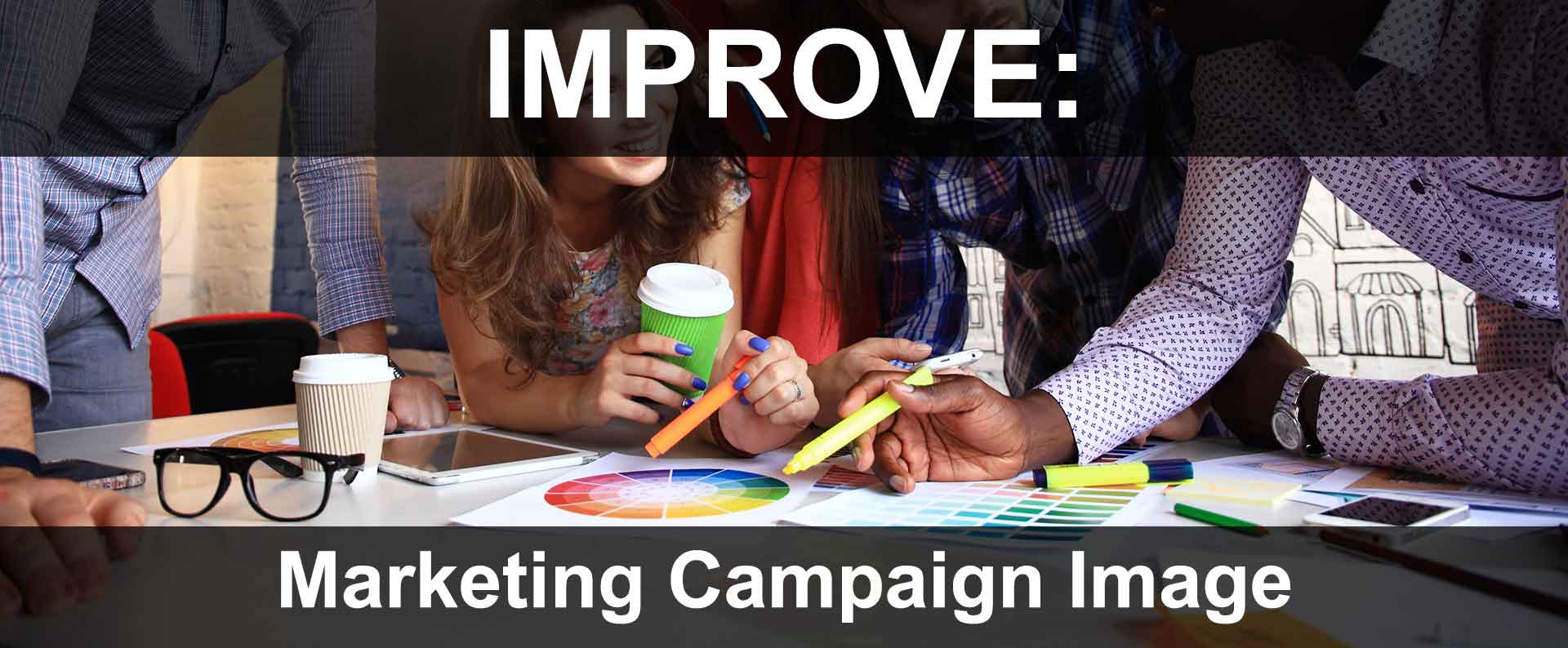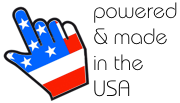How your business is perceived can make or break your success, especially for small and medium enterprises (SMEs). A strong and consistent campaign image can set your small or medium business apart, and is essential for attracting customers and establishing a strong brand identity.
This article aims to help provide understanding and actionable strategies tailored for specific industries—retail, restaurants, hospitality, construction, healthcare, and professional services—providing you with the tools to enhance your marketing efforts both online and offline.
Define Your Brand Image
The first step in developing a powerful marketing image is understanding the difference between brand identity and brand image.
Your brand identity is what you want to portray, while brand image is how consumers perceive you.
To bridge this gap, think about these key questions:
- What do you want your audience to feel when they see your brand?
- What unique value do you provide that sets you apart from competitors?
Actionable Steps:
-
Conduct Surveys:
Gather feedback from customers to understand their perceptions and feelings about your brand.
-
Establish Brand Guidelines:
Develop a one-page guideline outlining your brand’s voice, color schemes, and core message. Use this document every time you create ads, social media posts, or print materials.
The Core Principles of Effective Marketing Campaigns:
Every successful campaign, regardless of industry, hinges on three fundamental principles:
1. Clarity & Conciseness:
Your message should be easily understood, answering the core questions:
- Who are you?
- What are you offering?
- Where can customers find you?
- When is it available?
- Why should they choose you?
- How will they benefit?
Avoid jargon and focus on translating features into tangible benefits for your customers.
Ask yourself: "How does this make my customer's life easier?"
2. Emotional Appeal:
Connect with your audience on an emotional level. Leverage images, colors, music, and storytelling to evoke feelings that resonate with your target market. Tap into their aspirations, fears, and desires. Consider how your campaign makes them feel.
3. Consistency:
Maintain a consistent brand identity across all platforms. Your logo, color scheme, messaging, and overall style should be uniform, reinforcing your brand recognition and building trust with your audience.
Industry-Specific Examples & Actionable Steps:
Retail:
-
Clarity:
- Highlight specific product benefits, pricing, and promotions clearly.
- "20% off all jeans this weekend" is clearer than "Big savings on denim."
-
Emotional Appeal:
- Use lifestyle imagery to show how your products enhance customers' lives.
- Showcase customer testimonials and user-generated content.
-
Action:
- Implement email marketing campaigns with personalized product recommendations and exclusive offers.
- Run targeted social media ads showcasing new arrivals and seasonal promotions.
- Partner with local influencers for in-store events and social media takeovers.
Restaurants:
-
Clarity:
- Showcase your menu, location, hours, and online ordering options prominently.
- "Order online for curbside pickup!" is clear and actionable.
-
Emotional Appeal:
- Use mouthwatering food photography and videos.
- Highlight the ambiance and dining experience.
- Share customer reviews and testimonials.
-
Action:
- Run social media contests and giveaways.
- Offer loyalty programs and exclusive discounts for app users.
- Partner with food delivery services and promote online ordering.
Hospitality (Hotels, Resorts):
-
Clarity:
- Clearly display room types, amenities, rates, and availability.
- "Book your beachfront getaway today!" is concise and enticing.
-
Emotional Appeal:
- Use stunning visuals and videos of your property and surrounding area.
- Emphasize relaxation, luxury, and unique experiences.
-
Action:
- Run targeted ads on travel websites and social media platforms.
- Offer special packages and promotions for holidays and events.
- Partner with travel bloggers and influencers to showcase your property.
Construction:
-
Clarity:
- Clearly communicate your services, expertise, and project portfolio.
- "Building your dream home, one brick at a time," is clear and aspirational.
-
Emotional Appeal:
- Showcase before-and-after photos of completed projects.
- Highlight testimonials from satisfied clients.
-
Action:
- Offer free consultations and estimates.
- Develop case studies showcasing successful projects.
- Network with local architects and designers.
Healthcare:
-
Clarity:
- Clearly explain your services, specialties, and accepted insurance plans.
- "Providing compassionate care for your entire family," is clear and reassuring.
-
Emotional Appeal:
- Use images and videos that convey trust, empathy, and expertise.
- Highlight patient testimonials and positive outcomes.
-
Action:
- Offer online appointment scheduling.
- Develop informative blog posts and articles on health-related topics.
- Run targeted ads on social media and health-related websites.
Professional Services (Legal, Accounting):
-
Clarity:
- Clearly state your areas of expertise, experience, and client testimonials.
- "Protecting your business interests with expert legal counsel," is clear and authoritative.
-
Emotional Appeal:
- Use images and messaging that convey trust, professionalism, and competence.
- Highlight successful client outcomes.
-
Action:
- Offer free consultations and webinars.
- Develop informative blog posts and articles on relevant legal or financial topics.
- Network with local business organizations.
Wrapping It Up
Creating a dynamic marketing image is not just about aesthetics; it’s about crafting an experience that resonates with your target audience. By defining your brand, tailoring your message, maintaining clarity and consistency, leveraging emotional appeal, and utilizing multi-channel marketing, you can build a powerful marketing image that drives results.
Remember, the goal is to engage your audience and foster a connection that transforms them into loyal customers. Whether online or offline, follow these actionable steps to refine your image to leave a lasting impression on your audience and watch your business thrive!













